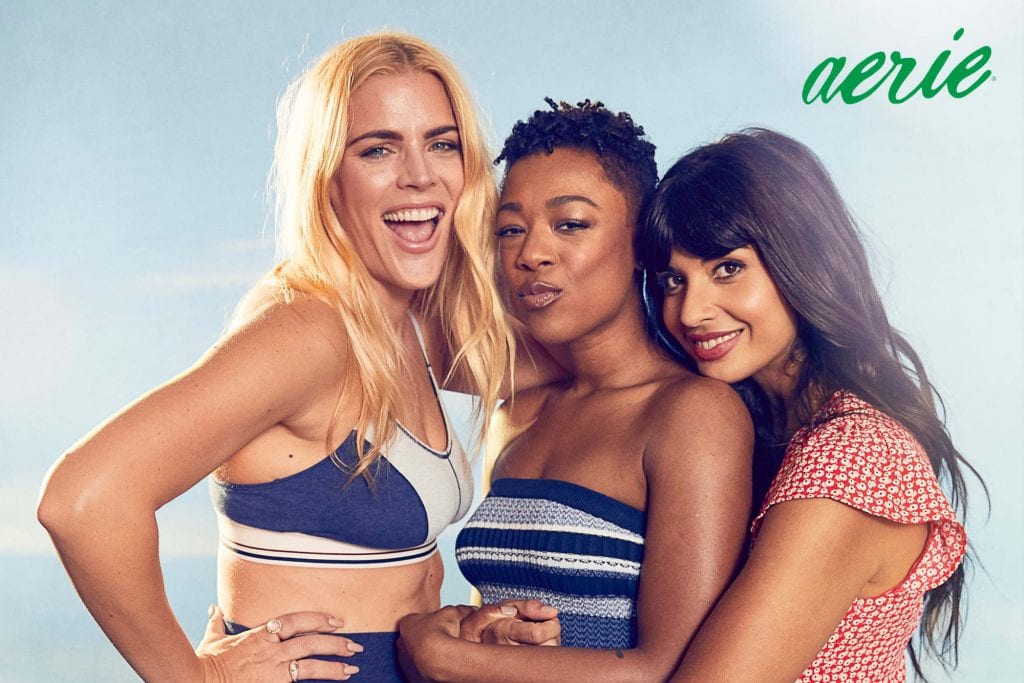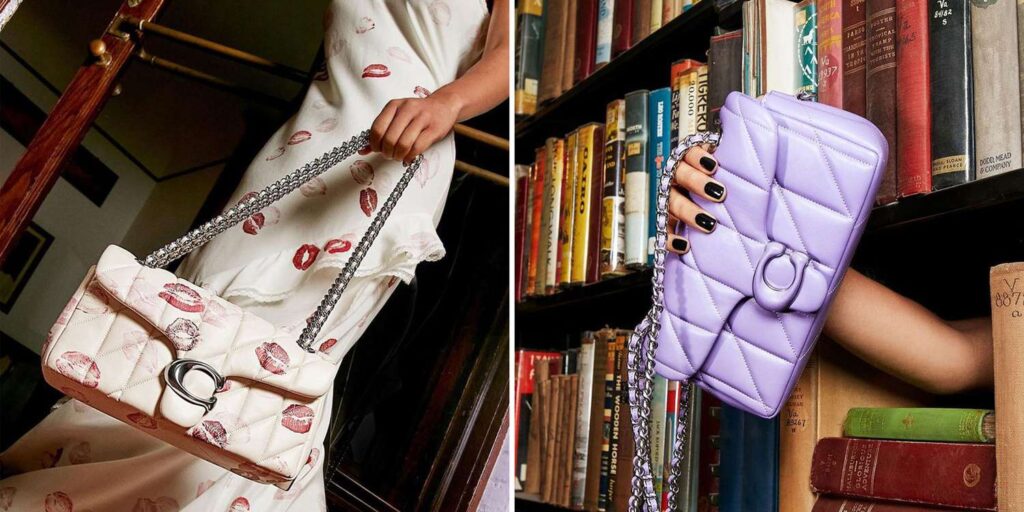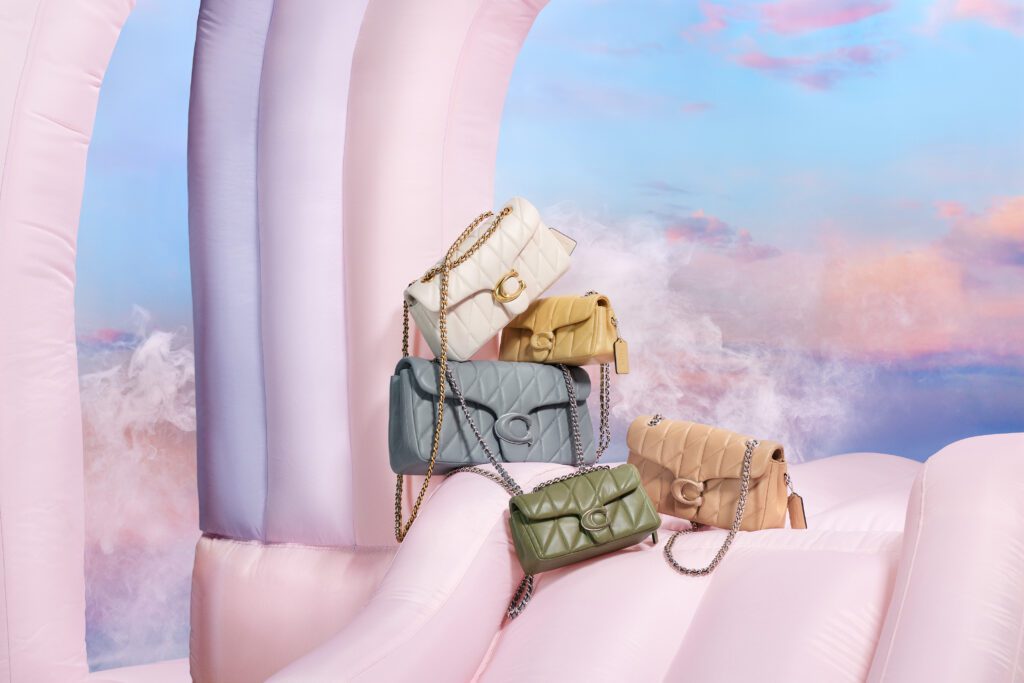The mall as we knew it in the 90’s and early-to-mid-2000s is dead. Charlotte Russe, Claire’s, Payless, Wet Seal, the Limited, Aeropostale, Pacific Sunwear, and dEliA*s, among others, have filed for bankruptcy. The Gap is dying, while working to tighten inventory controls and merchandize its offerings more effectively. Victoria’s Secret is bleeding market share. J.Crew is closing more stores, right along with Abercrombie & Fitch and Topshop. Yet, in this undoubtedly difficult time for retail, American Eagle, a truly traditional mall brand, is thriving.
Pittsburgh, Pennsylvania-based American Eagle Outfitters revealed on Wednesday that it beat Wall Street estimates for quarterly same-store sales, “helped by growing demand for its jeans and Aerie line of lingerie, sending its shares up more than 7 percent in trading before the bell,” per Reuters. Same-store sales for the company as a while rose by 6 percent for the 3-month quarter ending May 4, while total net revenue rose by nearly 8 percent to $886.3 million, soundly beating analysts’ estimates of $855.6 million.
The growth of same-store sales – or those in existing locations versus those coming from newly-opened stores – for the company’s Aerie outposts (American Eagle maintains separate Aerie stores in addition to offering Aerie collection products in its own brick-and-mortar stores) is maybe the more telling figure in the equation here, though. Compared to the 6 percent growth for all American Eagle stores, Aerie-specific same-store growth was 14 percent.
It seems that in addition to denim, which is proving a point of demand for the company, its Aerie off-shoot is proving popular. “American Eagle’s success is partly fueled by Aerie, as well as its denim business, a space in which the company has preserved its stature while others have faltered,” Oliver Chen, a retail analyst at Cowen, told Bloomberg on Tuesday. Their “jeans are well-priced and once consumers find the right fit, they’re pretty loyal to the brand.”
As for Aerie, its “focus on comfortable innerwear for women of all body types has strongly resonated with young shoppers who have struggled to find similar products at rival brands, including Victoria Secret’s Pink,” Reuters notes in connection with the company’s latest revenue report. The company has driven home its value by way of its ongoing #AerieREAL campaign, which highlights all sorts of women traditionally excluded from the retail narrative, whether it be anti-airbrushing for its ads or featuring “women with various medical conditions and disabilities” in an attempt to “represent the inclusive beauty that makes up the DNA of the brand, which is committed to empowering all customers to embrace and love their real selves.”
The results have been significant. In 2018, Aerie was valued at $500 million, up from $200 million in 2017. According to CNBC, “The company is gunning for a $1 billion valuation over the next few years.” A combination of “the right products” – including bralettes, a more comfortable alternative to underwire bras – and “successful social media branding” have helped the company get to this point, the financial publication asserted.
It has not always been so rosy being American Eagle, though. Just five years ago, the company was struggling “to keep up with the pace of fast-fashion chains such as H&M and Forever 21,” per Bloomberg. “It announced plans in 2014 to close about 150 stores over three years, and its revenue and same-store sales declined for seven straight quarters.”
“They were playing it safe to a degree,” Gabriella Santaniello, founder of retail consulting firm A Line Partners, told Bloomberg. “But what we’re starting to see from them is that they’re really evolving their product,” and with it, a noticeable ability to outperform many of its closest rivals.
As of Tuesday, American Eagle’s stock had declined about 3 percent this year, which actually means that “they are holding up better than most peers.” Abercrombie’s stock is down about 14 percent, according to Bloomberg’s math; Urban Outfitters’ shares have fallen by about 26 percent, and Guess Inc.’s shares are similarly down by about 24 percent.
Having your stock price fall the least may not be the most optimistic of metrics, but given the current retail landscape, it is a rather fitting one.











